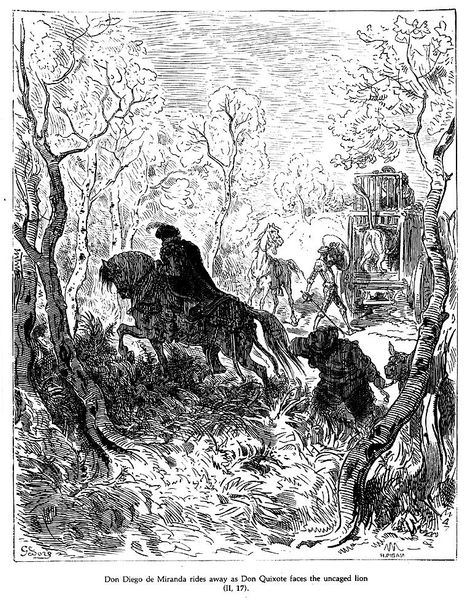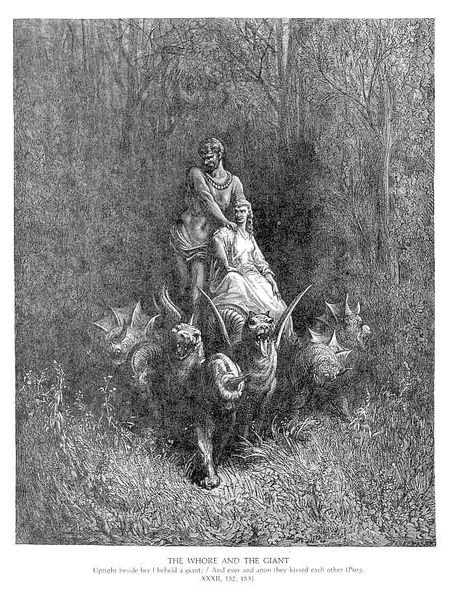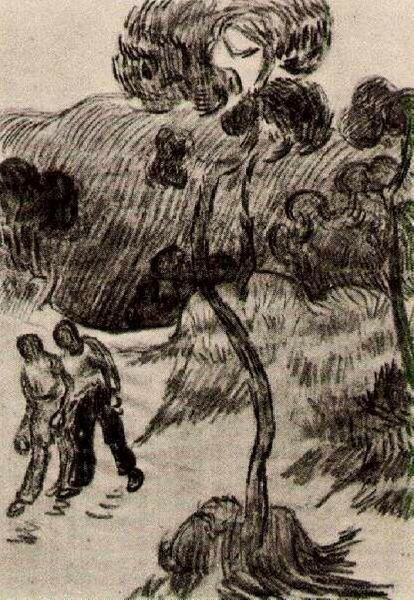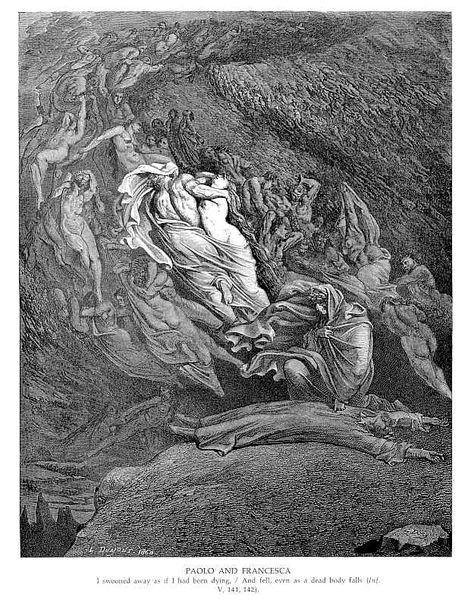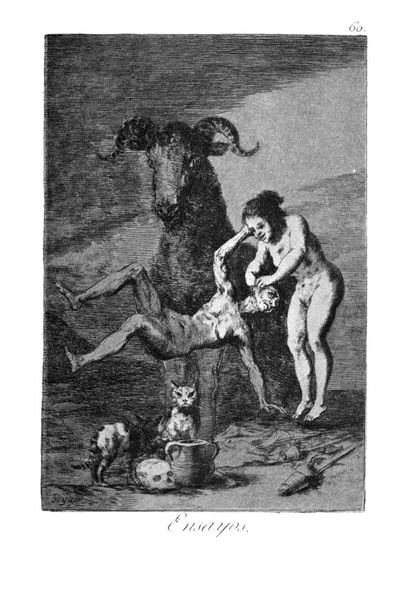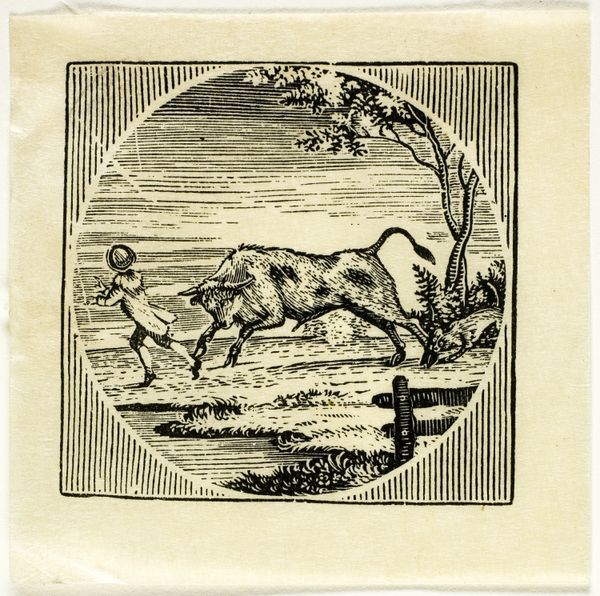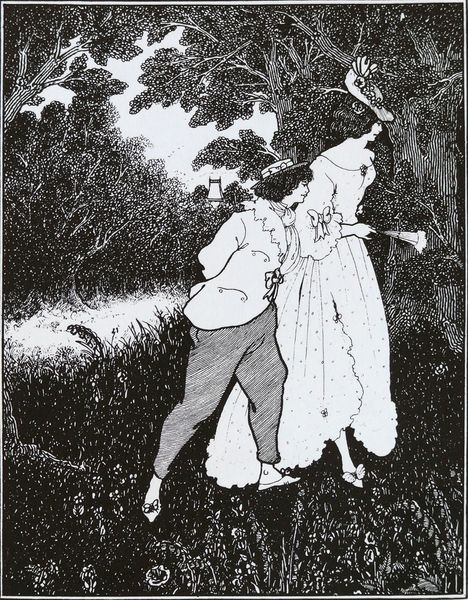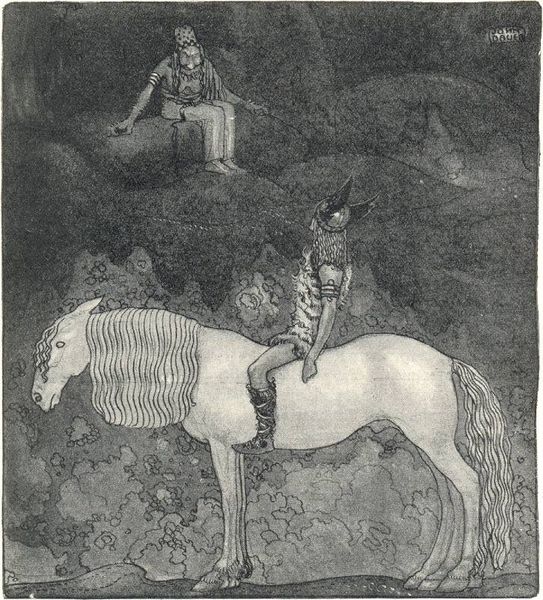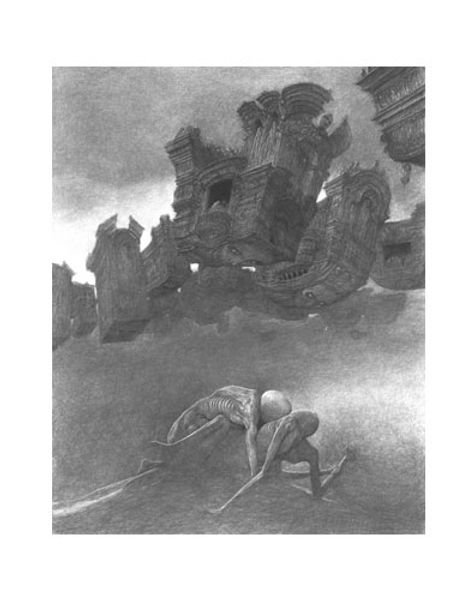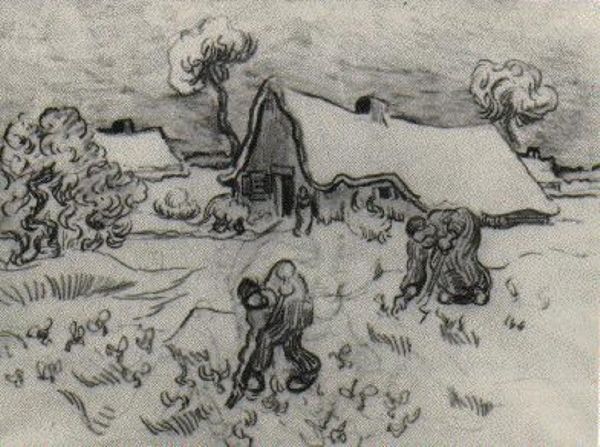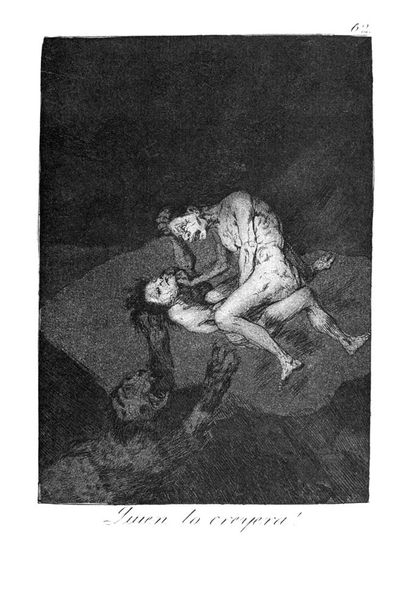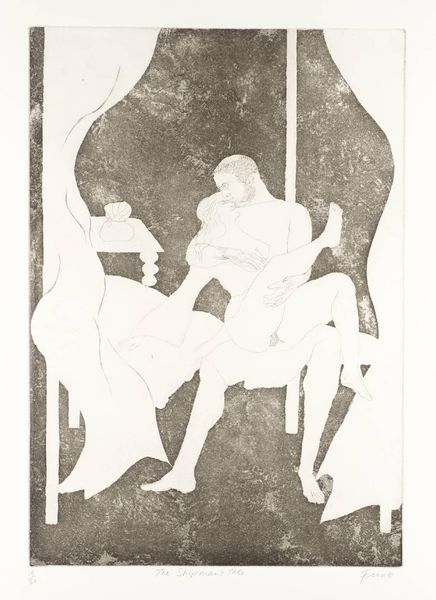
tempera, painting, ceramic, fresco
#
art-nouveau
#
tempera
#
painting
#
greek-and-roman-art
#
landscape
#
ceramic
#
figuration
#
fresco
#
symbolism
#
genre-painting
Dimensions: 40.3 cm (None) (None)
Curator: This is "Mercury Lulling Argus to Sleep" by Theodor Philipsen, made in 1893. Philipsen used tempera paint to depict this scene, and it’s currently held here at the SMK, the National Gallery of Denmark. Editor: What immediately strikes me is the sense of melancholy, despite the overt mythological subject. It feels intimate, almost confessional. Curator: Philipsen was engaging with classical mythology at a time of significant social change. Let's remember the socio-political upheaval in Europe then, with emerging labor movements and challenges to traditional authority. Here he’s selecting a myth about deceit and transformation which must have resonated at the time. Editor: Precisely. Look at Argus. Traditionally, he’s the all-seeing giant, but here, he's vulnerable, despairing almost. He seems utterly human in his dejection. And Mercurius playing his flute appears as a neutral force. Not wicked or necessarily cruel, but simply a vehicle for higher, potentially, unjust powers. Notice how he sits removed, passively playing his panpipes. Curator: That removal is what I find interesting. Philipsen painted primarily landscapes, and rarely dived into the illustration of people from ancient texts. Why is it the one-hundred eyed mythological being has its story told now, like a character in an artistic landscape painting? Editor: Perhaps the hundred eyes became symbolic of a society under surveillance, of secrets held. Philipsen offers us an image that probes anxieties about observation and vulnerability, about manipulation through stories told by the prevailing status quo. He also transforms Mercurius' musical symbol, flute-playing, to create a sense of apathy as much as deception. Curator: Indeed. I agree. He provides the landscape of an uncaring world where this human suffering is but another feature, an unfortunate patch of soil. So the cultural memory of that tale blends into the human landscape of the time. Editor: A hauntingly relevant meditation on power and the price of awareness. Curator: It brings forward new angles on the past. A past ever in our minds because of paintings such as this one.
Comments
No comments
Be the first to comment and join the conversation on the ultimate creative platform.
